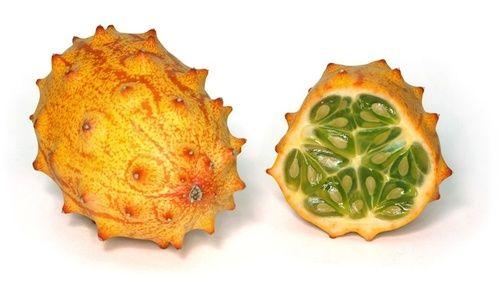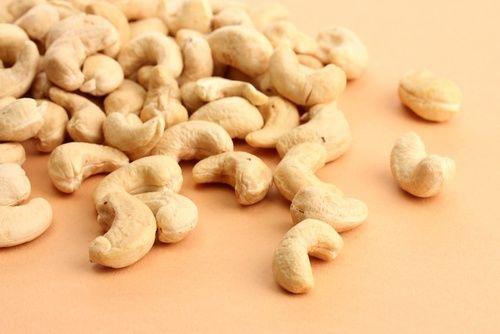Il kiwano it is the fruit of the Cucumis metuliferus plant native to Africa. Useful for the immune system and for the circulatory one, it is an excellent source of trace elements, especially magnesium, calcium, potassium and iron. Let's find out better.
> Calories, nutritional values and properties of kiwano
> Contraindications
> Curiosities about rambutan

Description of the plant
Belonging to the Cucurbitaceae family, the kiwano (Cucumis metuliferus) is the fruit of a climbing plant native to Africa, and has also been present for some years in our ethnic markets or among tropical fruit.
It has a little intense, watery flavor, which reminiscent of cucumber and vaguely banana, even if it has a slightly bittersweet aftertaste. The plant is annual and can bear fruit in two distinct seasons: in summer and in December.
The name kiwano has a precise origin: when in the 30s it was imported to Australia and New Zealand, it was baptized this way because when cut in section it resembled a kiwi.
Kiwano, ally of
Immune system, cardiovascular system, intestine.
Calories, nutritional values and properties of kiwano
Kiwano contains 44 kcal per 100 g.
In addition, 100 g of product contain:
- 1,3 g fat
- Cholesterol 0 mg
- Sodium 2 mg
- Potassium 123 mg
- G carbohydrates 8
- 1,8 g protein
The kiwano has precise and unmistakable characteristics: the exocarp (which becomes yellow-orange when ripe), leathery and full of spikes, hides a gelatinous lime green pulp, full of seeds.
Ha good amounts of vitamin C and vitamin B6 and is an excellent source of trace elements, especially the magnesium, calcium, potassium and iron.
It is very rich in water and for this reason rehydration; it is also considered energizing, remineralizing, antioxidant, vermifuge, anti-inflammatory. Its low calorie intake makes it ideal for athletes and for those who follow slimming diets.
Many African tribes use it to treat gonorrhea. The seeds are one of the best sources of beta-carotene available in many African countries.
Kiwano, like cashews, among the foods rich in magnesium: discover the others

Controindicazioni
The only recommendation regarding kiwano is to be careful when opening the exocarp.
Curiosities about kiwano
Besides the pulp, too the peel can be eaten after cooking. It contains a higher concentration of vitamin C and a high amount of dietary fiber.
In many African countries it is considered a very precious fruit because it is one of the few sources of water. The fruit also has a decorative value, by cutting it in half and placing the two parts of the exocarp to dry.
How to eat
Although in many African countries it comes cooked whole (roasted or boiled with other vegetables), kiwano is ideal for a fresh consumption. To open the peel in half, it is essential to be careful and have suitable tools, especially not to prick yourself with the thorns. The pulp can be added to salads, creams, yogurt, fruit salads, etc. Adding a teaspoon of salt or sugar or lemon juice or vinegar enhances the flavor.
READ MORE
> The properties and uses of the rambutan fruit
> 3 recipes with kiwano
| Wikipedia


























